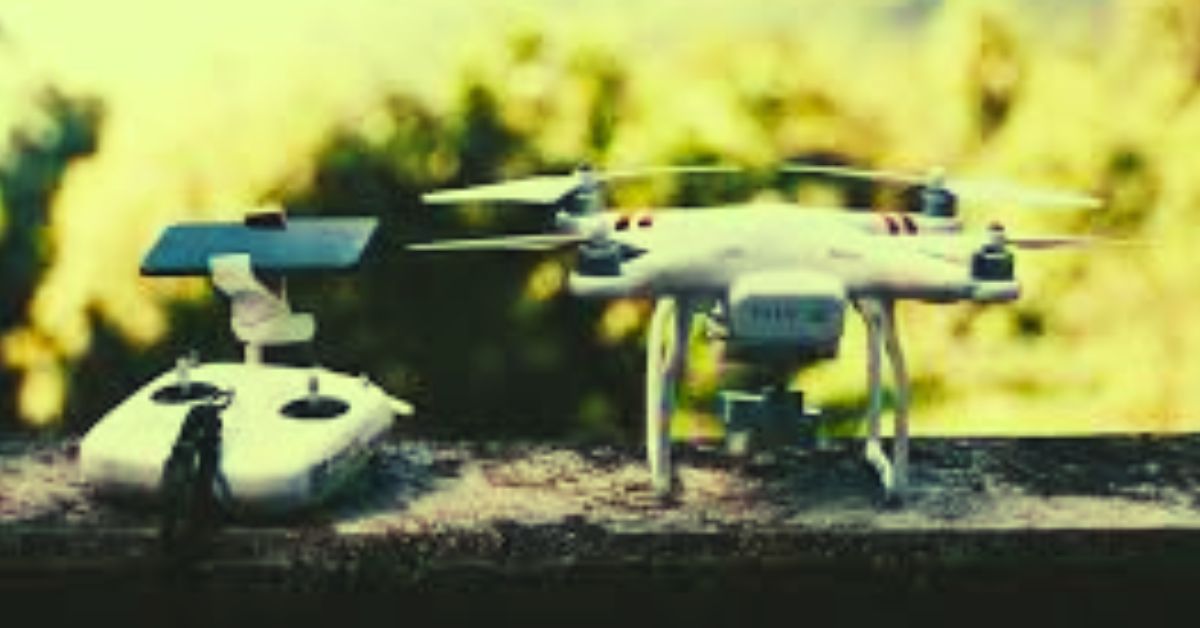rones have revolutionized industries like photography, agriculture, and even delivery services. However, before taking your drone into the air, it’s crucial to ensure that everything is in working order. Performing pre-flight safety checks is essential to protect not only your drone but also the people and property around you. Here’s a detailed guide on what to check before launching your drone.
1. Verify the Weather Conditions
Before starting any flight, check the weather. High winds, rain, or other adverse conditions can affect drone stability and performance. Most drones have a maximum wind tolerance, and operating beyond that limit can lead to crashes or loss of control. Additionally, fog, lightning, and heavy rain can interfere with the drone’s sensors and visibility.
Tip: Use weather apps or websites to get up-to-date forecasts. Always prioritize flying in clear, calm weather.
2. Inspect the Drone’s Physical Condition
A quick visual inspection can save you from significant issues mid-flight. Check for any visible damage, such as cracks in the body, broken propellers, or loose parts. Inspect the motors for any signs of wear or debris that could affect performance. Make sure that all propellers are securely attached and free of cracks.
Tip: Carry spare propellers in your drone kit. Replacing damaged propellers before flight can ensure smooth operations.
3. Check Battery Levels
One of the most important aspects of pre-flight checks is ensuring that your drone’s battery is fully charged. A low battery can lead to an emergency landing or, worse, an in-flight crash. Always check the drone’s battery level and verify that your controller and any extra batteries are also sufficiently charged.
Tip: Always bring spare batteries, especially for longer flights or extended shooting sessions. It’s best practice to avoid flying when the battery level drops below 20% to ensure a safe return.
4. Calibrate Your Drone
Before every flight, it’s crucial to calibrate your drone. This process ensures that the drone’s compass and gyroscope are functioning correctly, reducing the risk of navigational issues. If you’re flying in a new location, recalibration is particularly important to avoid orientation problems during flight.
Tip: Follow the manufacturer’s guidelines for calibration. This typically involves rotating the drone in specific ways to reset its sensors.
5. Ensure GPS and Home Point are Set
Most drones use GPS to determine their location and assist with navigation. Before takeoff, make sure that your drone has established a GPS signal and that the home point is correctly set. This enables the drone to return to its original location in case of signal loss or low battery.
Tip: Takeoff only once the GPS signal is strong (usually indicated by a solid GPS icon). Setting a home point is critical for a safe return to base.
6. Test the Controls and Sensors
Perform a pre-flight test of the drone’s controls. Check the throttle, yaw, pitch, and roll to ensure they are responsive. If your drone has additional sensors like obstacle avoidance, check that they’re working properly. Doing a quick test hover is also a great way to make sure everything is functioning as it should.
Tip: If you notice any unresponsiveness or jerky movements during the test flight, land immediately and troubleshoot before proceeding.
7. Review the No-Fly Zones and Legal Restrictions
Before taking off, familiarize yourself with any legal restrictions or no-fly zones in your area. Many countries have regulations that prohibit flying drones near airports, military facilities, or national parks. Many modern drones have built-in geofencing technology that prevents you from flying in these restricted areas, but it’s always wise to double-check.
Tip: Use apps like AirMap or Skyward to check for airspace restrictions in your area.
8. Set Your Camera and Gimbal Settings (if applicable)
For drones equipped with cameras or gimbals, make sure your settings are configured before takeoff. Adjust the camera for your desired shot and ensure that the gimbal is properly balanced. Double-check that the camera is in record mode if you plan on capturing video or photos.
Tip: Always check the memory card for available space to avoid losing footage mid-flight.
9. Check the Controller’s Range and Connectivity
Make sure your remote controller is fully charged and properly paired with the drone. Test the connection by checking the controller’s range to ensure a stable signal. Most drone controllers have a maximum range, so know what this is and avoid flying beyond it.
Tip: Keep your controller and drone in direct line of sight during the flight to avoid signal loss.
10. Secure a Safe Takeoff Area
Lastly, before you start your drone’s engines, ensure that the area around you is clear of obstacles. Avoid flying in crowded areas or near power lines, trees, or buildings that could interfere with your drone’s flight path. A flat, open space with minimal wind is ideal for takeoff and landing.
Tip: Avoid launching from a surface that could obstruct the drone’s sensors, such as tall grass, dirt, or snow. It’s always best to take off from a hard, flat surface.
Conclusion
Performing thorough pre-flight safety checks is a simple yet crucial step in ensuring a safe and successful drone flight. By following these essential steps, you reduce the risk of malfunctions and accidents while enhancing the overall performance of your drone. Always prioritize safety for both yourself and those around you to enjoy the full benefits of drone technology.
